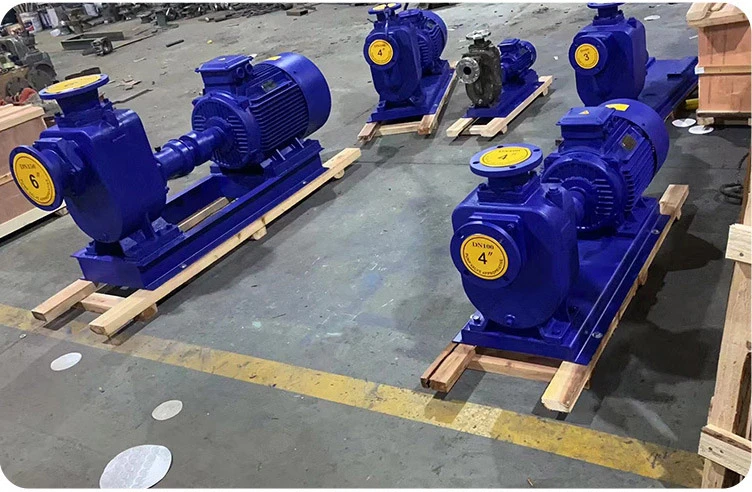Bulgarian
- Afrikaans
- Albanian
- Amharic
- Arabic
- Armenian
- Azerbaijani
- Basque
- Belarusian
- Bengali
- Bosnian
- Bulgarian
- Catalan
- Cebuano
- Corsican
- Croatian
- Czech
- Danish
- Dutch
- English
- Esperanto
- Estonian
- Finnish
- French
- Frisian
- Galician
- Georgian
- German
- Greek
- Gujarati
- Haitian Creole
- hausa
- hawaiian
- Hebrew
- Hindi
- Miao
- Hungarian
- Icelandic
- igbo
- Indonesian
- irish
- Italian
- Japanese
- Javanese
- Kannada
- kazakh
- Khmer
- Rwandese
- Korean
- Kurdish
- Kyrgyz
- Lao
- Latin
- Latvian
- Lithuanian
- Luxembourgish
- Macedonian
- Malgashi
- Malay
- Malayalam
- Maltese
- Maori
- Marathi
- Mongolian
- Myanmar
- Nepali
- Norwegian
- Norwegian
- Occitan
- Pashto
- Persian
- Polish
- Portuguese
- Punjabi
- Romanian
- Russian
- Samoan
- Scottish Gaelic
- Serbian
- Sesotho
- Shona
- Sindhi
- Sinhala
- Slovak
- Slovenian
- Somali
- Spanish
- Sundanese
- Swahili
- Swedish
- Tagalog
- Tajik
- Tamil
- Tatar
- Telugu
- Thai
- Turkish
- Turkmen
- Ukrainian
- Urdu
- Uighur
- Uzbek
- Vietnamese
- Welsh
- Bantu
- Yiddish
- Yoruba
- Zulu
Telephone: +86 13120555503
Email: frank@cypump.com
ное. . 04, 2024 19:58 Back to list
sludge pump submersible
Understanding Submersible Sludge Pumps A Comprehensive Overview
Submersible sludge pumps are specialized devices designed to efficiently handle the challenging task of transferring sludge and other viscous materials from one location to another. These pumps are commonly used in various applications, including wastewater treatment plants, industrial processes, and construction sites. Their robust design allows them to operate effectively underwater, making them ideal for removing accumulated sludge from tanks, pits, and other confined spaces.
Understanding Submersible Sludge Pumps A Comprehensive Overview
The submersible nature of these pumps allows for direct placement into the sludge or liquid being pumped. This feature significantly reduces the need for lengthy piping runs, minimizing the footprint of the pumping system and enhancing overall efficiency. By submerging the pump directly in the sludge, energy consumption is also optimized, since the hydraulic losses associated with long pipe runs are eliminated.
sludge pump submersible

Another critical aspect of submersible sludge pumps is their construction material. These pumps are often made from corrosion-resistant materials such as stainless steel or specialized polymers. This durability is paramount in harsh environments where exposure to aggressive substances could lead to rapid wear and tear. Moreover, the design of submersible pumps often includes mechanical seals and protective features to prevent ingress of solids and liquids into the motor assembly, enhancing operational reliability.
Maintenance of submersible sludge pumps is relatively straightforward, provided that proper care is taken. Regular inspections for wear and tear, as well as cleaning to remove any buildup of sludge, can extend the life of the pump significantly. While they are robust, maintaining these pumps ensures optimal performance and helps in avoiding costly downtime.
When selecting a submersible sludge pump, several factors should be considered, including the viscosity of the sludge, the flow rate requirements, and the depth at which the pump will operate. It’s crucial to choose a pump that is appropriately sized and designed for the specific conditions of the application. Manufacturers often provide detailed specifications and guidelines to assist in the selection process.
In conclusion, submersible sludge pumps play a vital role in managing and transferring sludge in various industrial and municipal applications. Their ability to handle high solid content, durability, and efficiency make them indispensable in situations that require reliable performance in challenging conditions. For anyone involved in wastewater management or similar fields, understanding the function and advantages of these pumps is essential for ensuring effective operation and maintenance.
-
Custom Drilling Mud and Slurry Pump Supplier - High Efficiency, Tailored Solutions
NewsJun.10,2025
-
Supply Vertical Submersible Sewage Pump High-Efficiency WQ/QW Pumps Supplier
NewsJun.10,2025
-
Premium Sewage Ejection System & Pumps Efficient Waste Removal
NewsJun.09,2025
-
Premium Wholesale Slurry Pump Impellers Durable & Efficient Slurry Handling
NewsJun.09,2025
-
Top Sewage Pump Companies Durable Industrial Solutions for Efficiency
NewsJun.09,2025
-
Heavy Duty Slurry Pumps - OEM High Performance & Bulk Wholesale
NewsJun.09,2025










